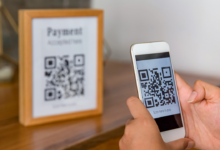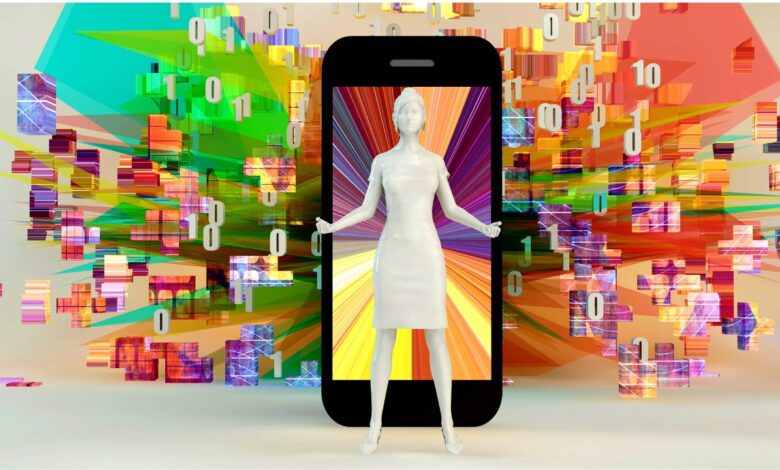
1.Artificial Intelligence (AI)
Artificial Intelligence (AI) refers to the ability of machines to perform tasks that would normally require human intelligence to accomplish. AI systems are designed to mimic human cognitive abilities such as learning, reasoning, perception, and problem-solving.

AI can be divided into two main categories: narrow or weak AI and general or strong AI. Narrow AI is designed to perform specific tasks, such as recognizing faces in photos or translating languages. General AI, on the other hand, is designed to be capable of performing any intellectual task that a human can do.
Some popular applications of AI include image and speech recognition, natural language processing, autonomous vehicles, and predictive analytics. AI has the potential to revolutionize many industries and improve our lives in countless ways. However, there are also concerns about the ethical implications of AI, such as the potential for bias or the displacement of human workers.
2.Augmented Reality and Virtual Reality
Augmented Reality (AR) and Virtual Reality (VR) are two related technologies that enable users to experience a computer-generated environment in different ways.Augmented Reality (AR) is a technology that superimposes digital information, such as images, text, or 3D objects, onto the real-world environment.
AR systems typically use a camera and a display to overlay virtual objects onto the real world. AR is used in a variety of applications, including gaming, education, marketing, and healthcare.Virtual Reality (VR) is a technology that creates a completely immersive digital environment that simulates the real world or an imaginary one.
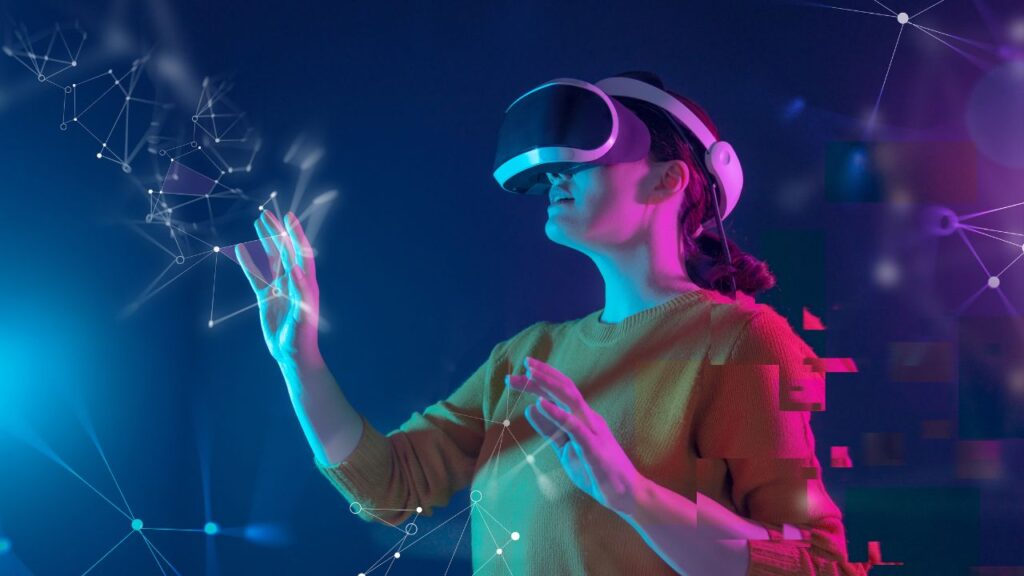
VR systems typically consist of a headset or a display that covers the user’s eyes and ears, and motion tracking technology that allows the user to move around and interact with the virtual environment. VR is used in a variety of applications, including gaming, education, training, and therapy.
While both AR and VR are immersive technologies, they differ in their level of immersion and interaction with the real world. AR enhances the real world by adding digital information, while VR creates a fully immersive digital environment that replaces the real world.
Overall, AR and VR are exciting and rapidly evolving technologies that have the potential to revolutionize how we interact with the digital world and each other.
3.Mobile IoT Apps
Mobile IoT apps are applications designed to work with IoT (Internet of Things) devices using mobile devices such as smartphones or tablets. These apps provide users with an interface to interact with and control their IoT devices, receive alerts, and access data from sensors or other devices.
Some common examples of mobile IoT apps include:
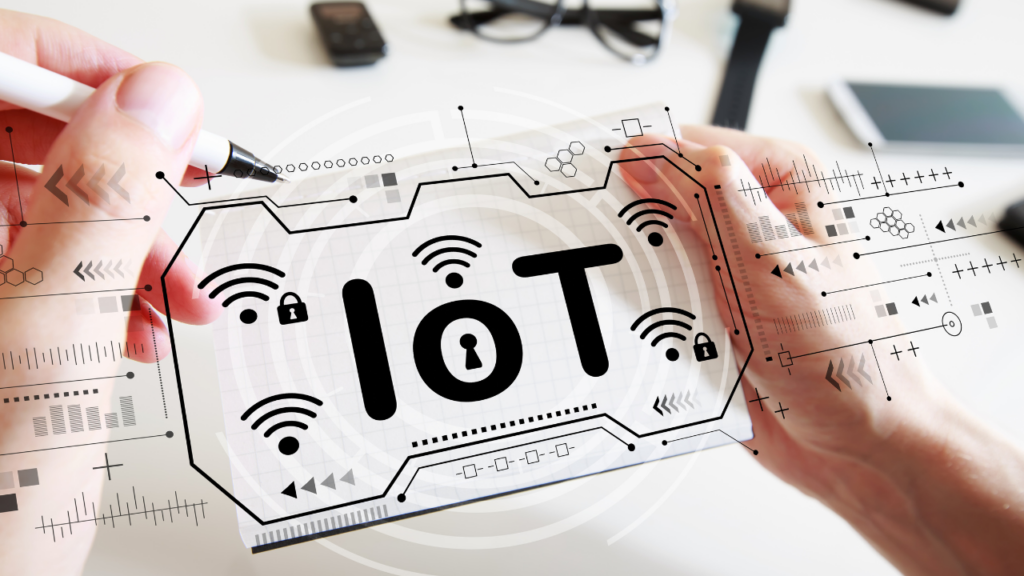
- Smart home apps: These apps enable users to control their home devices such as lights, thermostats, security systems, and appliances remotely using their smartphones.
- Health and fitness apps: These apps allow users to track their fitness goals, monitor vital signs, and collect data from health sensors such as heart rate monitors and blood glucose monitors.
- Industrial IoT apps: These apps are designed to help industries and businesses to monitor and manage their production lines, equipment, and machinery.
- Agriculture IoT apps: These apps help farmers to monitor and control their crop growth, weather, and irrigation systems using sensors and other IoT devices.
- Smart city apps: These apps enable users to access information on public transport, traffic flow, parking availability, and other aspects of city life.
Mobile IoT apps play a critical role in the deployment of IoT solutions, making it easy for users to interact with and control their devices. They also help organizations to collect and analyze data from their devices, enabling them to optimize their operations and make data-driven decisions.
4.Mobile Payments
Mobile payments refer to the use of mobile devices, such as smartphones or tablets, to make transactions for goods and services. This method of payment has become increasingly popular in recent years due to its convenience, security, and speed.
There are several types of mobile payment methods, including:

- Mobile wallet: This is an app that allows users to store their payment information, such as credit or debit card details, in a secure digital wallet. They can then use the wallet to make payments at participating merchants.
- Contactless payment: This allows customers to use their mobile device to make payments by tapping it on a point-of-sale (POS) terminal that supports near-field communication (NFC) technology. This is becoming increasingly popular for small transactions.
- Mobile banking: This allows customers to transfer money and pay bills using their mobile device. It is particularly useful for those who do not have access to traditional banking services.
- Carrier billing: This allows customers to make payments for digital content, such as apps or music, by charging the amount to their mobile phone bill.
Mobile payments offer several benefits, including increased security, faster transactions, and greater convenience. However, it is important for users to ensure they are using a secure payment method and protecting their personal information when making mobile payments.
5.Cloud-Based Mobile Applications
Cloud-based mobile applications are mobile applications that store and process data in the cloud, rather than on the mobile device itself. These applications rely on cloud computing resources, such as servers, storage, and databases, to perform their functions.
With cloud-based mobile applications, the majority of the processing and storage occurs on remote servers, which are accessed over the internet through the mobile app. This allows for greater scalability, as the app can handle a larger number of users without requiring additional resources on the mobile device. Additionally, cloud-based mobile applications can offer better performance and speed, as the processing is done on powerful servers with high bandwidth connections.
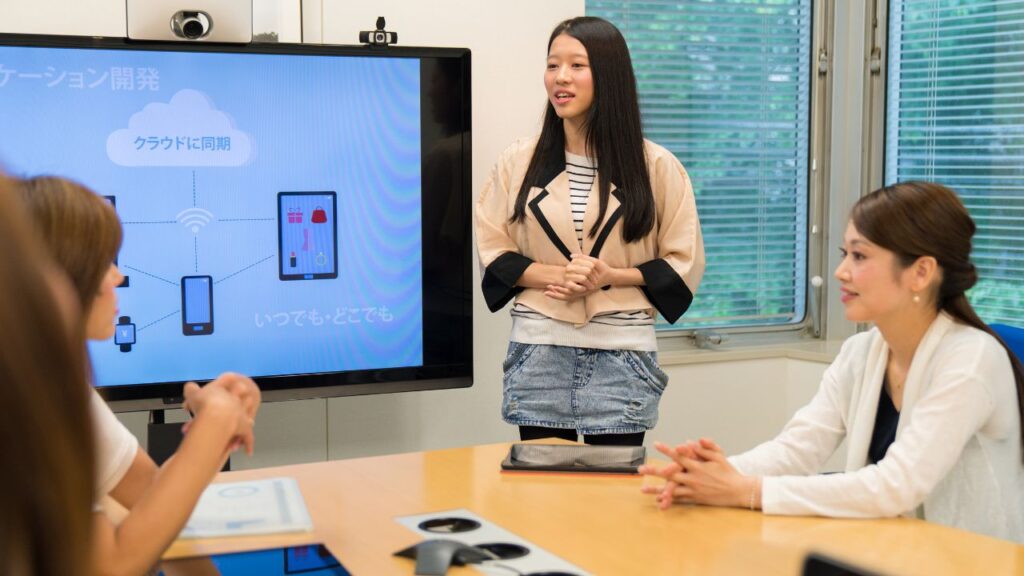
Another benefit of cloud-based mobile applications is that they can provide greater data security. Since data is stored in the cloud, it is less vulnerable to loss or theft if the mobile device is lost or stolen. Additionally, cloud-based applications can offer better data backup and recovery options, ensuring that data is not lost in the event of a device failure or other issue.
Examples of popular cloud-based mobile applications include Google Drive, Dropbox, and Salesforce. These applications offer users the ability to access and manage their data from multiple devices, while ensuring that their data is securely stored and backed up in the cloud.
6.5G Connectivity
5G connectivity is the fifth generation of mobile network technology. It represents a significant upgrade from 4G, offering faster data speeds, lower latency, and more reliable connectivity. 5G networks are designed to handle more data traffic, connect more devices simultaneously, and provide faster and more reliable connectivity than previous generations.
5G technology uses a variety of new technologies, including higher frequency radio waves, smaller and more numerous antennas, and advanced network architecture to provide these benefits. The higher frequency radio waves used by 5G networks allow for more data to be transmitted at once, while the smaller antennas can be placed closer together, providing better coverage in urban areas.
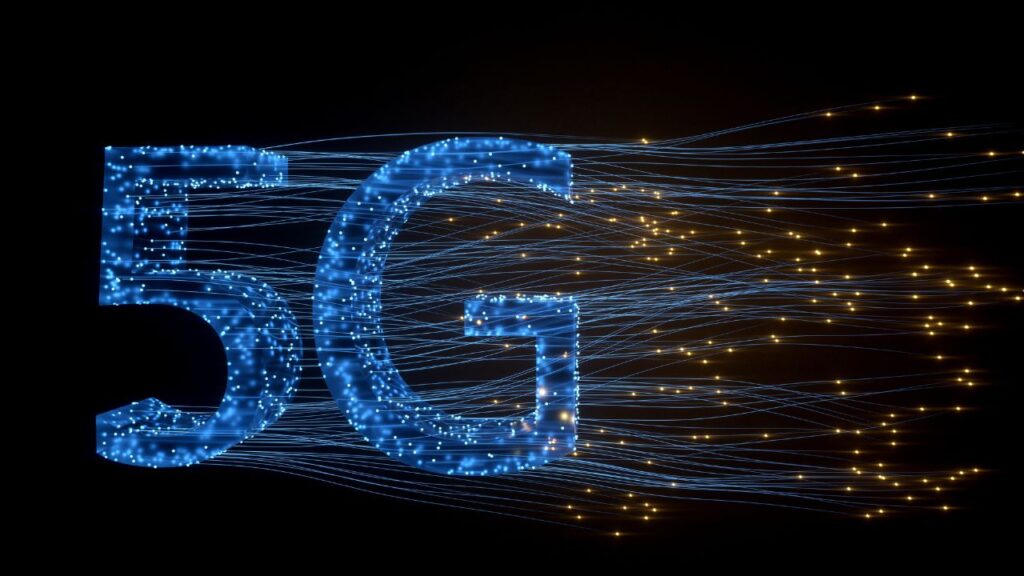
The benefits of 5G connectivity are numerous, including improved internet speeds, better quality video streaming, faster download and upload times, and more responsive gaming experiences. Additionally, 5G technology is expected to enable new applications and use cases, such as autonomous vehicles, virtual and augmented reality, and remote surgeries, that require ultra-low latency and high bandwidth.
Despite the potential benefits, the rollout of 5G connectivity has been controversial in some countries due to concerns over the potential health effects of exposure to the higher frequency radio waves used by 5G networks, as well as the potential impact on existing services, such as air traffic control and weather forecasting.
7.Wearable Technology Impact on App Development
Wearable technology has had a significant impact on app development, particularly in the areas of user experience, functionality, and design.
One of the biggest impacts that wearable technology has had on app development is the need for apps that are optimized for smaller screens and touch-based interactions. Developers need to consider how their apps will function on a smartwatch or fitness tracker, which have limited screen real estate and no physical keyboard.
Another impact is the need for apps that integrate with wearable devices’ sensors, such as heart rate monitors, accelerometers, and GPS. This integration allows for the creation of more sophisticated and personalized apps that can provide users with real-time feedback and insights about their health and fitness.
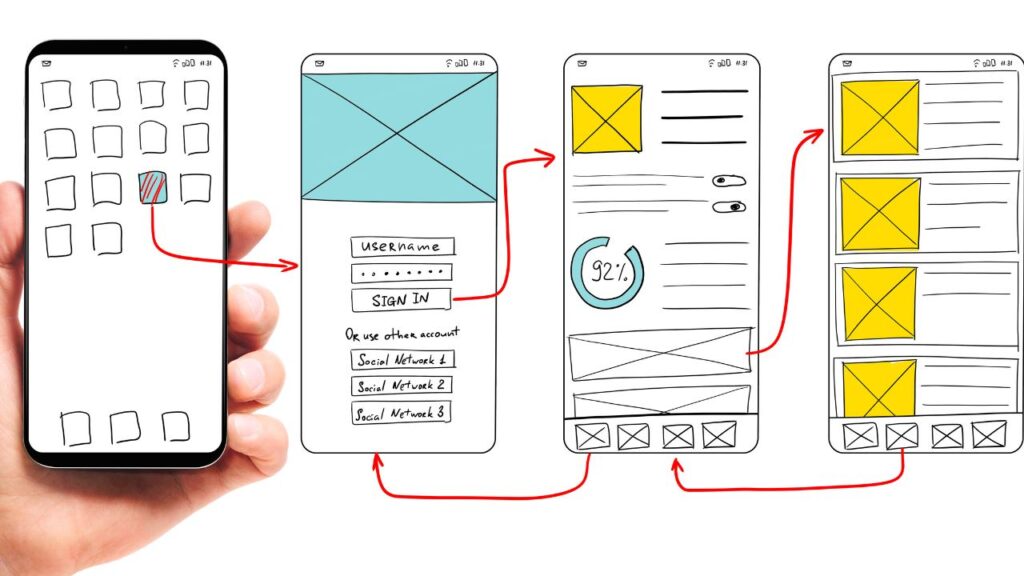
Wearable technology has also driven the trend toward “glanceable” information, where users can quickly and easily access information without having to navigate through a lot of menus or screens. This requires developers to design apps with simple, intuitive interfaces that can deliver information quickly and efficiently.
Finally, wearable technology has opened up new opportunities for app developers in areas such as healthcare, fitness, and wellness. These apps can help users track their health and fitness goals, monitor chronic conditions, and provide feedback and encouragement to help them stay on track.
In summary, wearable technology has had a significant impact on app development, requiring developers to consider smaller screens, touch-based interactions, sensor integration, glanceable information, and new opportunities in healthcare, fitness, and wellness.
8.Enhanced Mobile Security
Enhanced mobile security refers to the use of advanced technologies and best practices to secure mobile devices from cyber threats and attacks. With the increasing use of mobile devices such as smartphones and tablets for personal and business purposes, the need for enhanced mobile security has become more critical than ever.
Some of the techniques and technologies that can be used to enhance mobile security include:
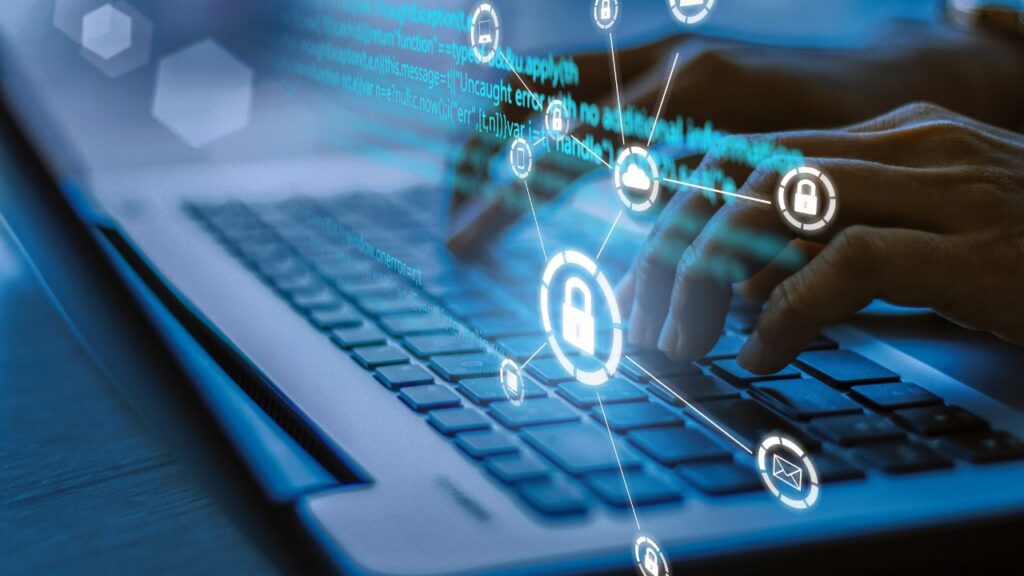
- Mobile Device Management (MDM) software: MDM software allows administrators to manage and secure mobile devices centrally. This software can be used to configure devices, enforce security policies, and track devices in case of loss or theft.
- Encryption: Encryption is the process of converting data into a format that cannot be read or understood by unauthorized parties. Encryption can be used to protect sensitive data such as passwords, financial information, and personal data on mobile devices.
- Two-Factor Authentication (2FA): 2FA is a security process that requires users to provide two forms of identification before accessing a system or application. This can include something the user knows, such as a password, and something the user has, such as a mobile device.
- Biometric Authentication: Biometric authentication uses unique physical characteristics such as fingerprints, facial recognition, or iris scans to verify a user’s identity. This provides an extra layer of security beyond traditional passwords or PINs.
- Mobile VPN: A mobile VPN creates a secure and encrypted connection between a mobile device and a remote server, protecting data transmitted over the internet from interception or hacking.
- App vetting: App vetting involves reviewing and testing mobile applications for security vulnerabilities before they are approved for use on mobile devices. This can help prevent malicious apps from being downloaded and installed on devices.
- Regular updates: Regular updates to mobile device operating systems and applications can help address security vulnerabilities and protect against emerging threats.
By implementing these security measures and best practices, mobile users can help protect their devices and data from cyber threats and attacks, enhancing their overall mobile security.
9.Cross-Platform Mobile Development
Cross-platform mobile development refers to the process of building mobile applications that can run on multiple platforms, such as iOS and Android, using a single codebase. This approach enables developers to write code once and deploy it to multiple platforms, saving time and resources compared to developing separate apps for each platform.
There are several tools and frameworks available for cross-platform mobile development, such as:
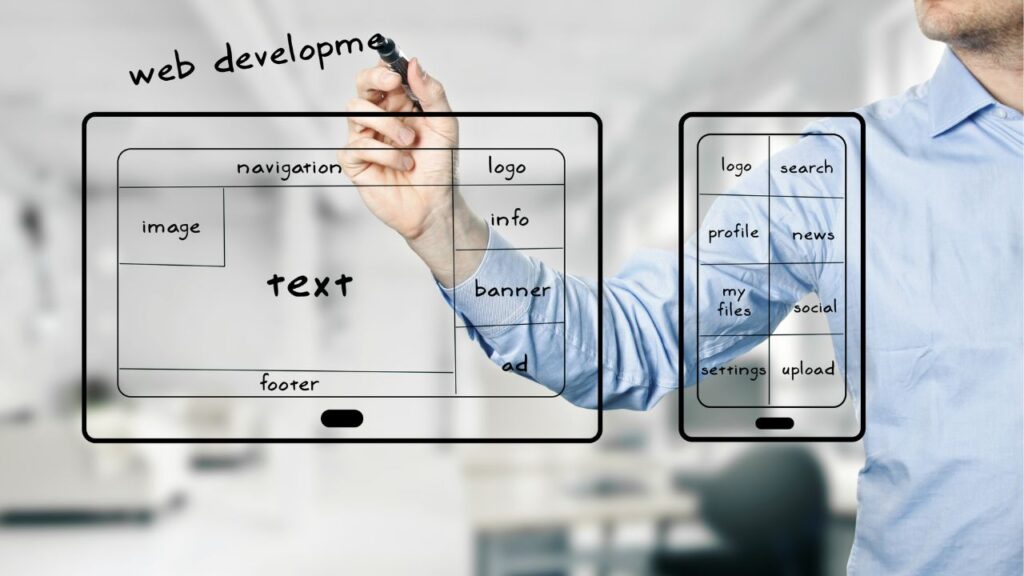
- React Native – a popular framework for building mobile apps using JavaScript and React.
- Flutter – an open-source mobile app development framework created by Google that uses the Dart programming language.
- Xamarin – a platform for building mobile apps using C# and the .NET framework.
- Ionic – a framework for building mobile apps using web technologies like HTML, CSS, and JavaScript.
- PhoneGap – an open-source framework for building mobile apps using HTML, CSS, and JavaScript.
Each of these tools and frameworks has its own set of advantages and disadvantages, and the choice of which one to use depends on various factors, such as the project requirements, the team’s skillset, and the target audience.
Cross-platform mobile development has become increasingly popular in recent years, as businesses and organizations seek to reach a wider audience while keeping development costs under control. However, it’s worth noting that cross-platform development may not always be the best approach for every project, and there are scenarios where native app development may be a better fit.
10.Mobile Commerce
Mobile commerce, also known as m-commerce, refers to the buying and selling of goods and services through mobile devices, such as smartphones and tablets. It allows consumers to make purchases and payments from anywhere, at any time, using their mobile devices.

Mobile commerce has become increasingly popular due to the widespread use of smartphones and mobile devices, and the convenience they offer to consumers. It has also been driven by the increasing availability of mobile payment solutions, such as mobile wallets and payment apps, which make it easy and secure for consumers to make transactions.
Mobile commerce can take many different forms, including mobile websites, mobile apps, SMS messaging, and social media platforms. It enables businesses to reach customers anytime and anywhere, and to provide a seamless and personalized shopping experience.
Mobile commerce has transformed the way people shop, and it is expected to continue to grow in the coming years as more consumers adopt mobile technology and businesses increasingly offer mobile-friendly options for their customers.
11.Voice Recognition
Voice recognition, also known as speech recognition, is the process of converting spoken words into text or computer commands. It involves the use of computer algorithms and machine learning to recognize and interpret human speech.
Voice recognition technology has advanced significantly in recent years, allowing for improved accuracy and increased functionality. It is used in a variety of applications, such as virtual assistants (e.g. Siri, Alexa, Google Assistant), dictation software, transcription services, and customer service chatbots.
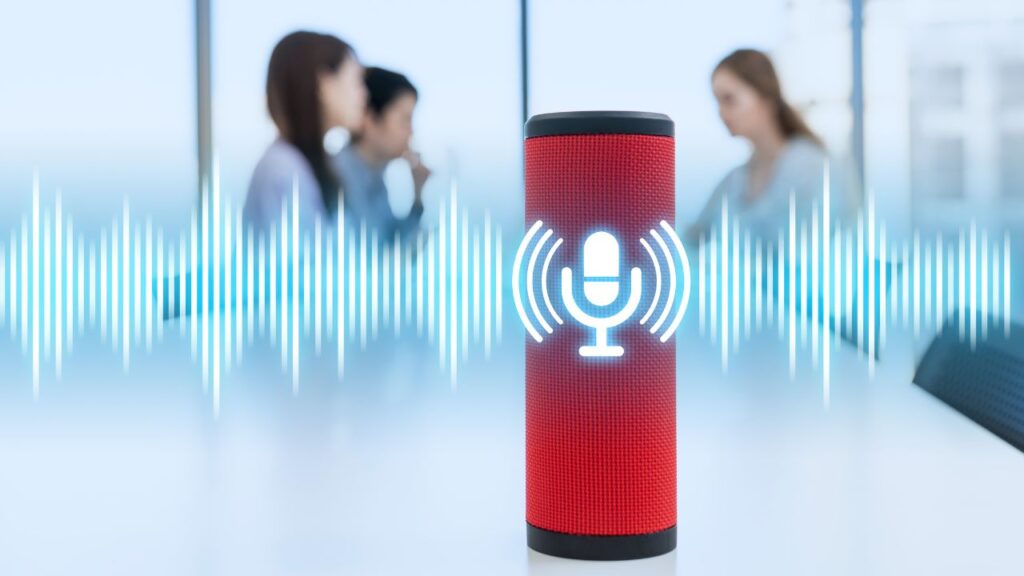
Voice recognition works by capturing an audio signal of the spoken words, which is then processed by a speech recognition system. The system analyzes the sound waves and uses algorithms to identify individual sounds and words. The software then compares the identified sounds to a database of known words and phrases, and selects the most likely match.
The accuracy of voice recognition depends on a variety of factors, including the quality of the audio signal, the complexity of the language being spoken, and the proficiency of the speaker. While voice recognition technology has come a long way, it is not perfect and can still struggle with certain accents, dialects, and speech patterns.
12.Beacon Technology
Beacon technology refers to a type of wireless communication technology that uses low-energy Bluetooth signals to transmit information to nearby devices. Beacons are small, battery-powered devices that can be placed in physical locations such as stores, museums, or other public spaces.
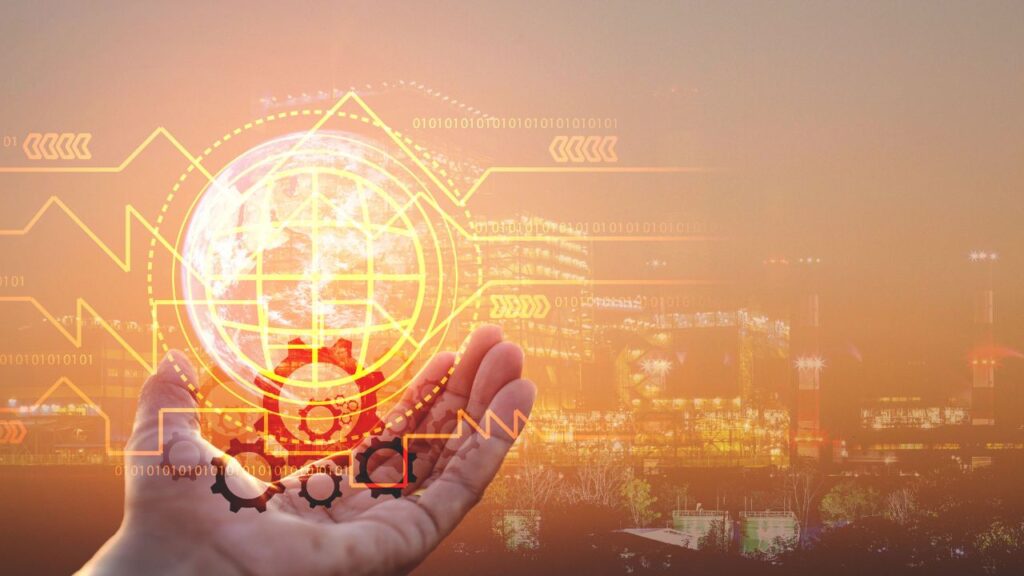
When a user with a Bluetooth-enabled device (such as a smartphone) comes within range of a beacon, the beacon sends a signal to the device. The device can then use that signal to determine its proximity to the beacon and receive information such as notifications, coupons, or other personalized content.
Beacon technology has been used in a variety of applications, including in-store marketing and advertising, location-based services, indoor navigation, and even asset tracking in industrial settings. The technology is particularly useful for businesses looking to engage with customers in physical locations and provide them with personalized experiences.



